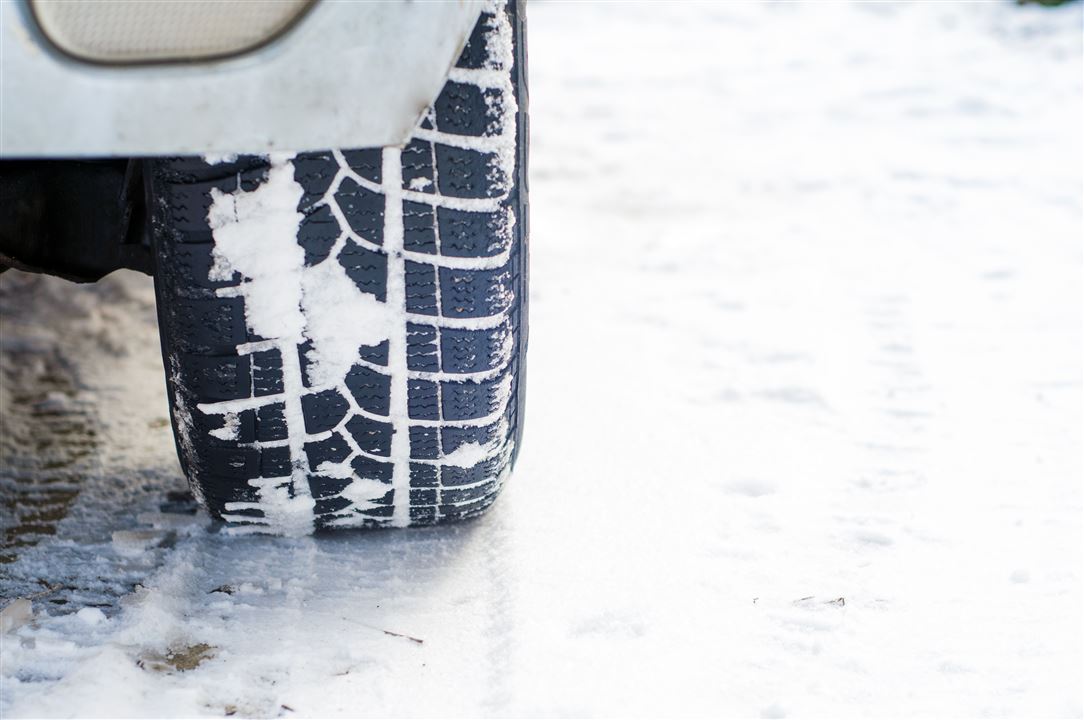Is Your Vehicle Ready for Winter?
To use your vehicle smoothly in the cold winter conditions and to travel safely, you should have your vehicle's winter maintenance done. By taking these precautions, you can prevent the decrease in your vehicle's performance during the winter months and take a step towards preventing possible accidents, thus minimizing the risk that you, your loved ones, and other people on the road face during harsh weather conditions.
Winter months are crucial for vehicle maintenance, tire checks, and proper usage. Vehicles that are not used correctly can cause traffic congestion and accidents, resulting in loss of life and property. With a few small precautions, risks can be controlled, and safety can be ensured.
Antifreeze Measurement: If necessary, it should be changed. It should be resistant to -20 to -25°C and act as an anti-freeze. It is essential for preventing freezing in the vehicle.
Battery Maintenance: The battery should be checked regularly. It is especially crucial to address this during winter maintenance. Distilled water and voltage measurements should not be neglected.
Check-up: Especially when transitioning from winter to summer or summer to winter, your vehicle should be maintained at an authorized service center using original spare parts under the supervision of expert technicians. During the check-up, brake pads and settings should particularly be addressed.
In cold and snowy weather during winter, when frost and icing occur, one of the essentials to apply to your vehicle is to check and, if necessary, replace all oil, radiator coolant fluids, and windshield fluids. Additionally, ensure that anti-freeze windshield fluid and wiper blades are checked or replaced.
Tires: The vehicle should have four-season tires (in dimensions recommended by the manufacturer, with appropriate sizes) and one spare tire. The durability of the four tires and the spare should be checked, air pressure should be monitored, and they should be ready for use at all times.
Snow Tires: At the beginning of winter, you should install a minimum of 2, preferably 4, winter or snow tires on your vehicle. Winter tires and snow tires should not be confused with each other.
- Winter Tire: Soft and suitable for cold surfaces.
- Snow Tire: Used in fully snowy weather and has deep treads.
Things to Consider with Tires!
- The pressure of the vehicle's tires should never be lowered on snowy surfaces, as this will make road handling more difficult.
- Tire pressure values should be checked periodically, every 7-15 days, according to the pressure and values recommended by the manufacturers. All 4 tire valves should be replaced during each tire change, and valve caps should always be complete and installed throughout the year.
- Every 10-15 km, the vehicle's suspension system should be checked. Wheel alignment and balance should be done, and tires should not be used on the same axle (i.e., front and rear should be swapped). This system is to prevent tires from wearing out faster when used on the same axle.
- The tread depth of a new tire is 8 mm. Choosing season-appropriate tires, applying the necessary rotation, and setting the correct air pressure extend the life of the tires.
Items That Should Be in the Vehicle
- First aid kit
- Reflector
- Chains
- Wedge
- Tow rope


